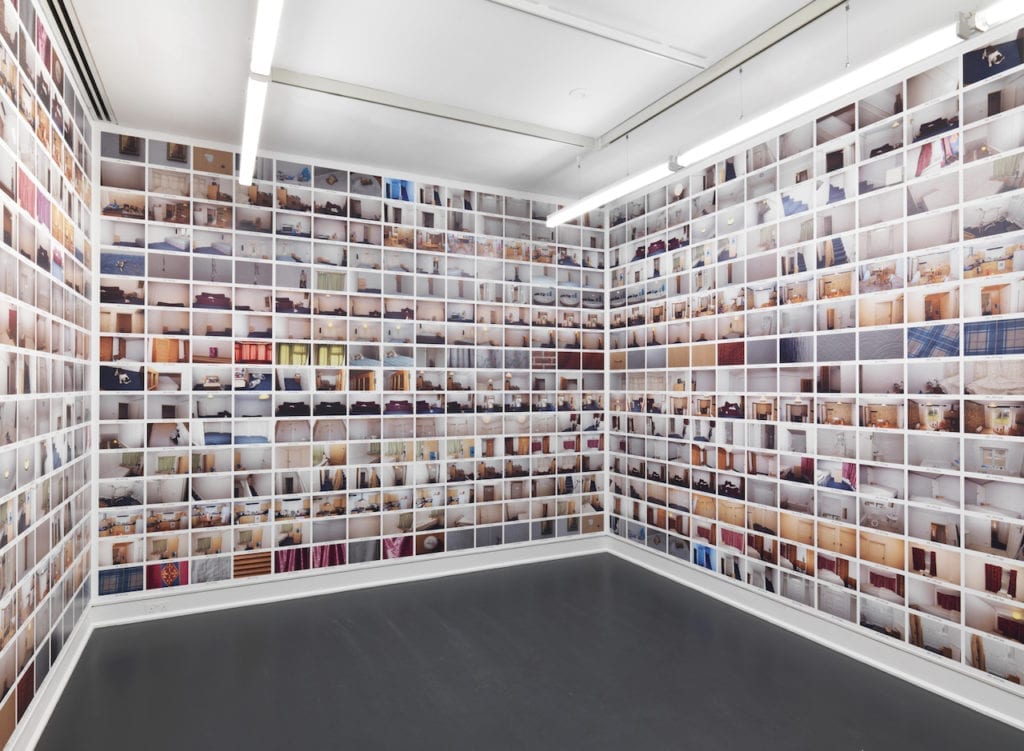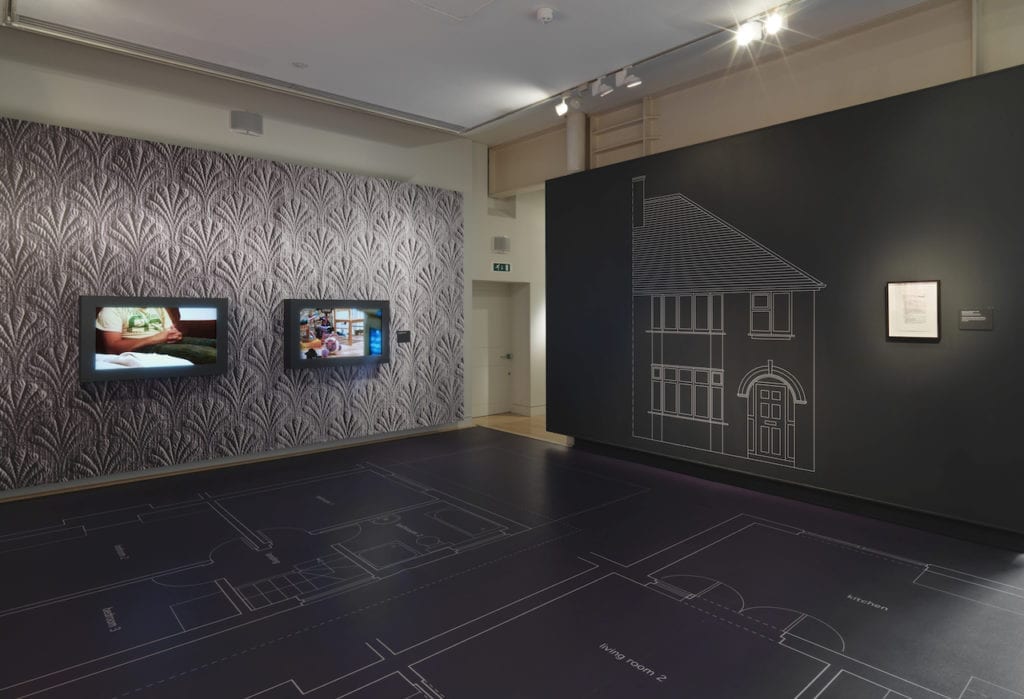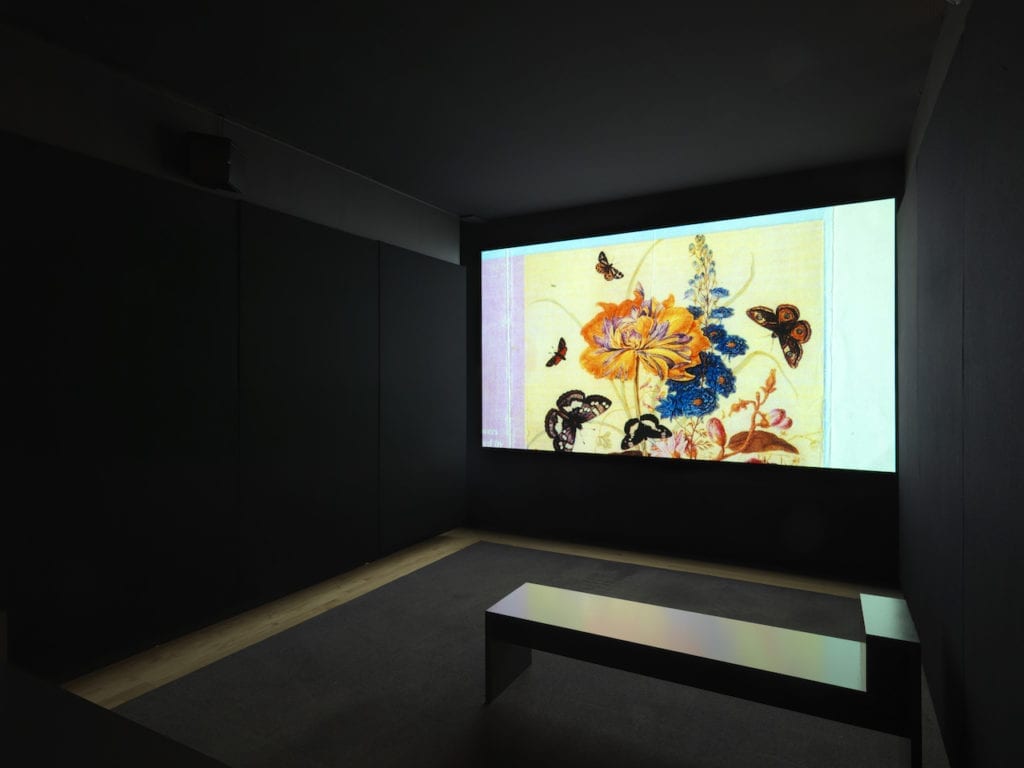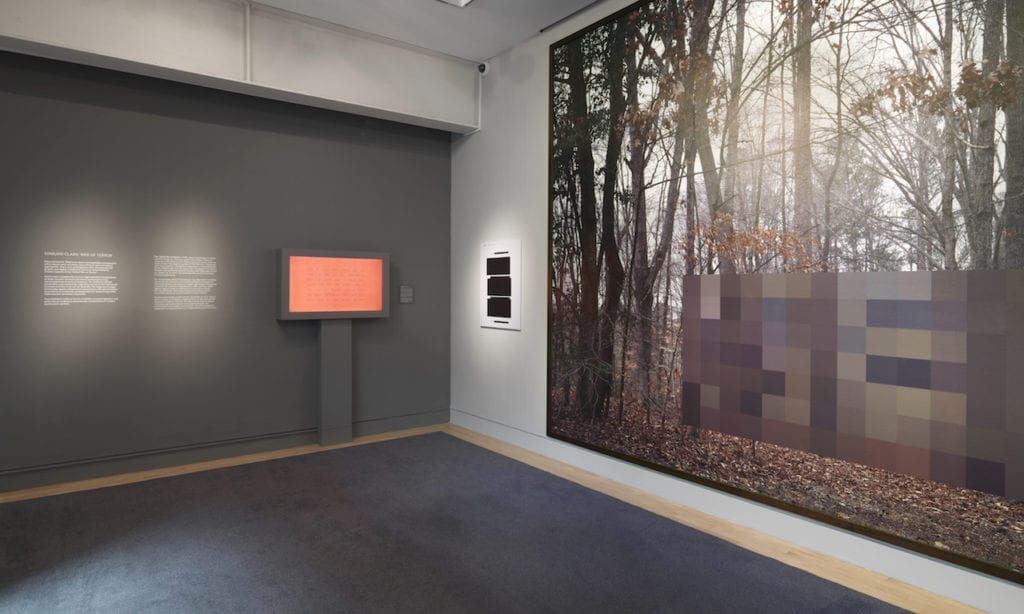In the last four months there have been four separate terrorist attacks in the UK: against this backdrop, the Imperial War Museum London and London College of Communications symposium Art, Justice and Terror on 17 June came at a vital time.
Framed as a discussion on what art can contribute to our understanding of justice in a time of global conflict, the symposium was a response to Edmund Clark’s exhibition War of Terror, on show at IWM London until 28 August. Featuring photography, film and documents of and about of Guantanamo Bay, secret CIA prisons and a British Control Order House – in which people can be held indefinitely without trial – the exhibition considers “the responses that the government has made, in our name, to protect us against the real and perceived threat of terrorist activity”. As such, as key strand for discussion at the symposium was the concept of accountability.
Leading the symposium Clark invited former Guantanamo Bay detainee Moazzam Begg to speak. The pair have known each other since about 2007, when Clark photographed Begg’s home to show the psychological impact of his two-year stint in solitary confinement, without trial and without charge. “My view of American justice, after the Guantanamo Prison, is that it is an oxymoron,” said Begg. “There is no justice.”
BJP Edmund Clark and Moazzam Begg via Apptitude Media on Vimeo.
“Nobody is attempting to give justice to us,” he added. “What we’ve done is force, try to attempt to force, a change of the narrative. And the way we’ve done that, some of us former prisoners and others, is place ourself into the firing line – so being targeted..by people in the government and so forth is now part and parcel of daily life. You expect to be targeted in one way or another.
“Sometimes that manifests itself in being on the front page of The Daily Mail – you won’t have it in The Guardian or The Independent, you’ll have it in particular paces, where whatever you’re saying, whatever you’re doing, is seen through a broader prism of what’s known as the War on Terror.”
Also speaking at the symposium was Cori Crider – a lawyer who directed the Reprieve human rights organisation’s Abuses in Counter-Terrorism team for seven years. Crider started by considering why terrorism works, “why we fear this kind of political violence in a way that we don’t fear things that are much, much more likely to affect us in our lifetime such as cancer or heart disease or car crash”, and concluded: “I think basically terrorism works, it gives killers so much bang for their buck, because we feel it at the level of symbol or story.”
For Clark, it’s critical that art responds to these narratives – even if it’s only by drawing attention to them. His exhibition, he said, is about specific case studies, but it is also about “how terror has affected us over the past 17 years [since the 9/11 attacks in 2001] – how the experience of living in a society that is combating terror, and dealing with the consequences of terror, and dealing with effects that counterterrorism, affects all of us as well”.
“The way it is put together is to have one of the world’s leading institutions on conflict reflect on it,” he added. “To bring a subject that is not really part of the main narrative of the War on Terror to a public platform.”
Art, Justice and Terror was curated by Edmund Clark with Max Houghton and Dr Christopher Stewart of LCC, and also featured contributions by Professor Fred Ritchin (Dean of International Center of Photography, New York), Hilary Roberts (research curator of photography, Imperial War Museum), Professor Eyal Weizman (Forensic Architecture, Goldsmiths, University of London), Stephen Mayes (director of the Tim Hetherington Trust), Professor Anthony Downey (Birmingham City University), Raffaello Pantucci (director of International Security Studies, RUSI), and artists David Birkin and Diana Matar. An audio podcast of the event is available on the IWM website.
Edmund Clark: War of Terror is on show at IWM London until 28 August www.iwm.org.uk/exhibitions/iwm-london/edmundclark Click here to read an interview with Edmund Clark, plus his co-author Crofton Black previously published by BJP.




